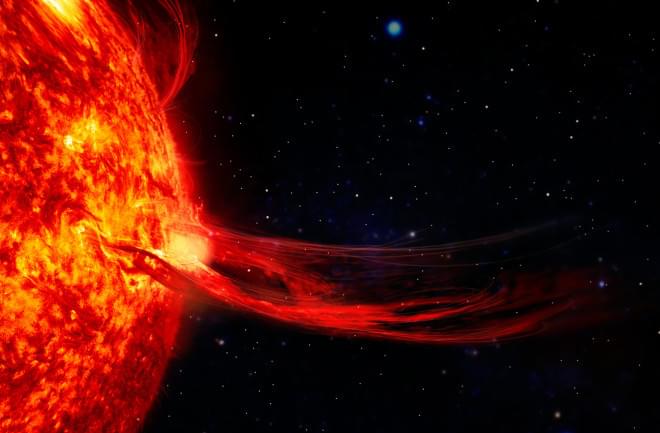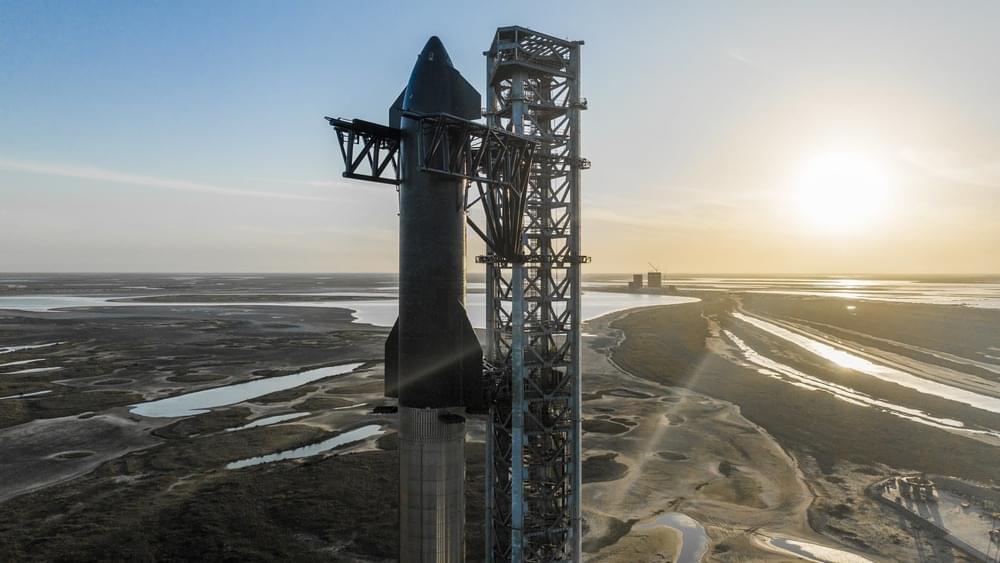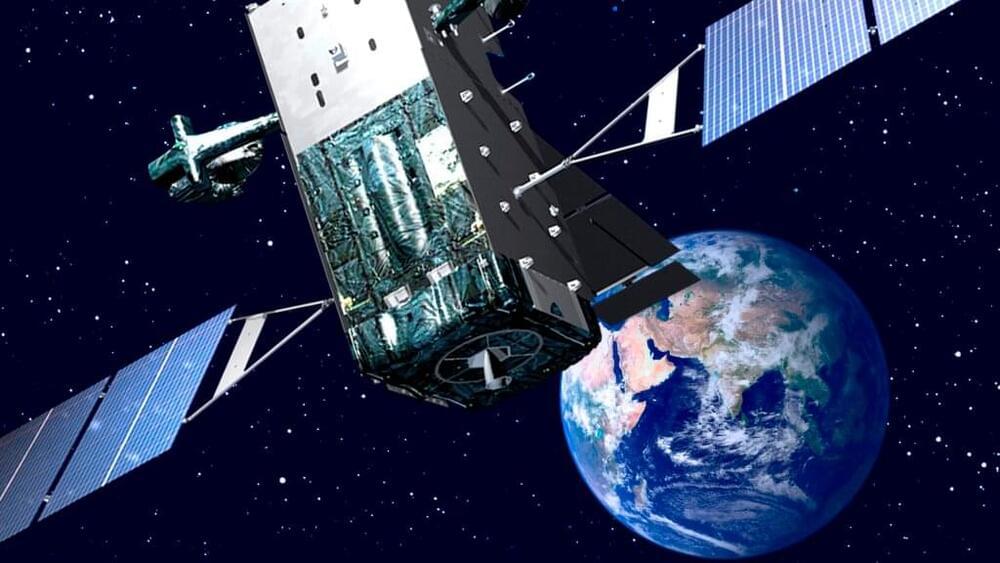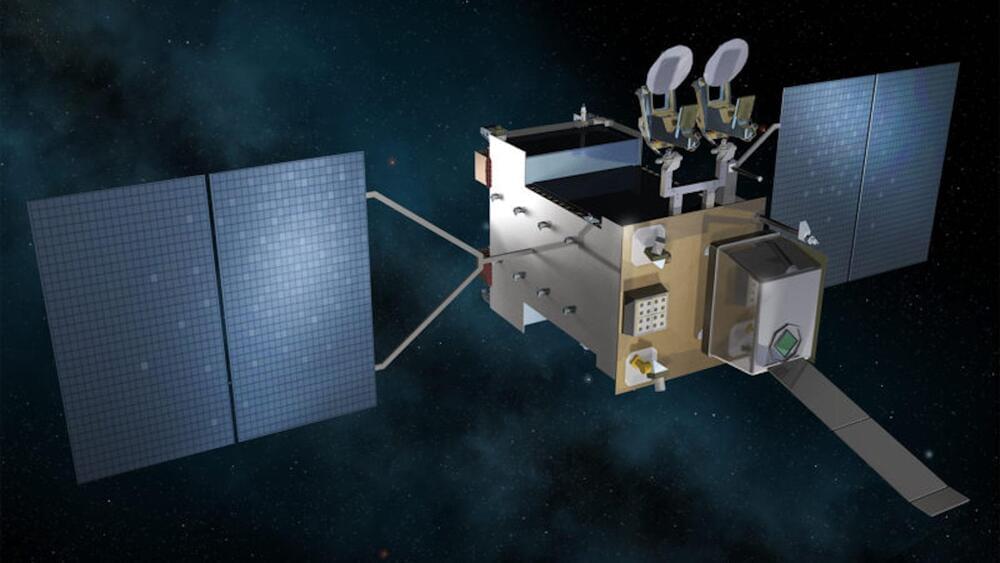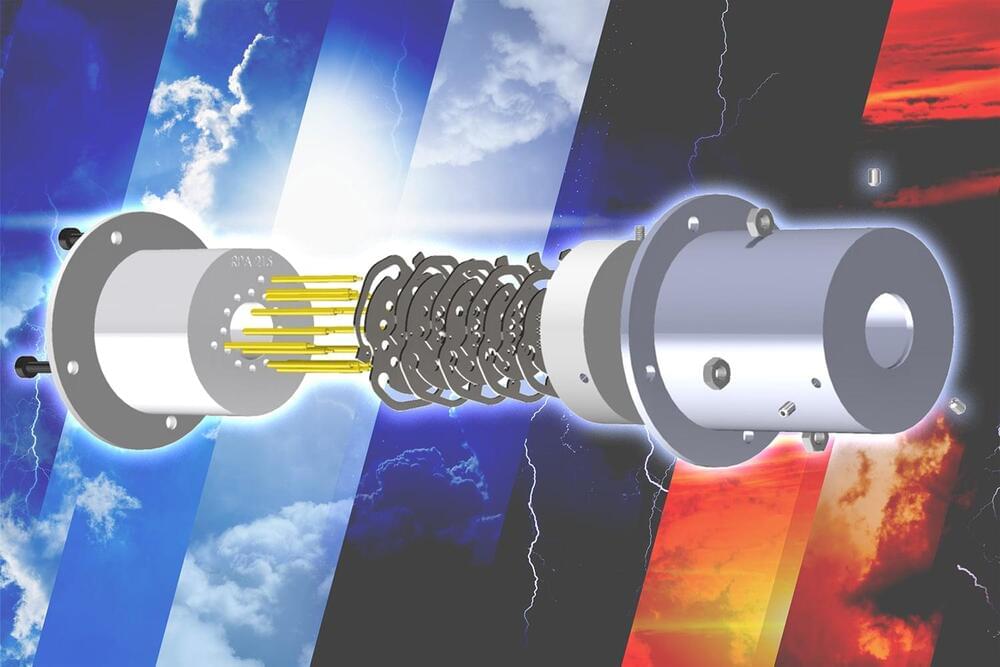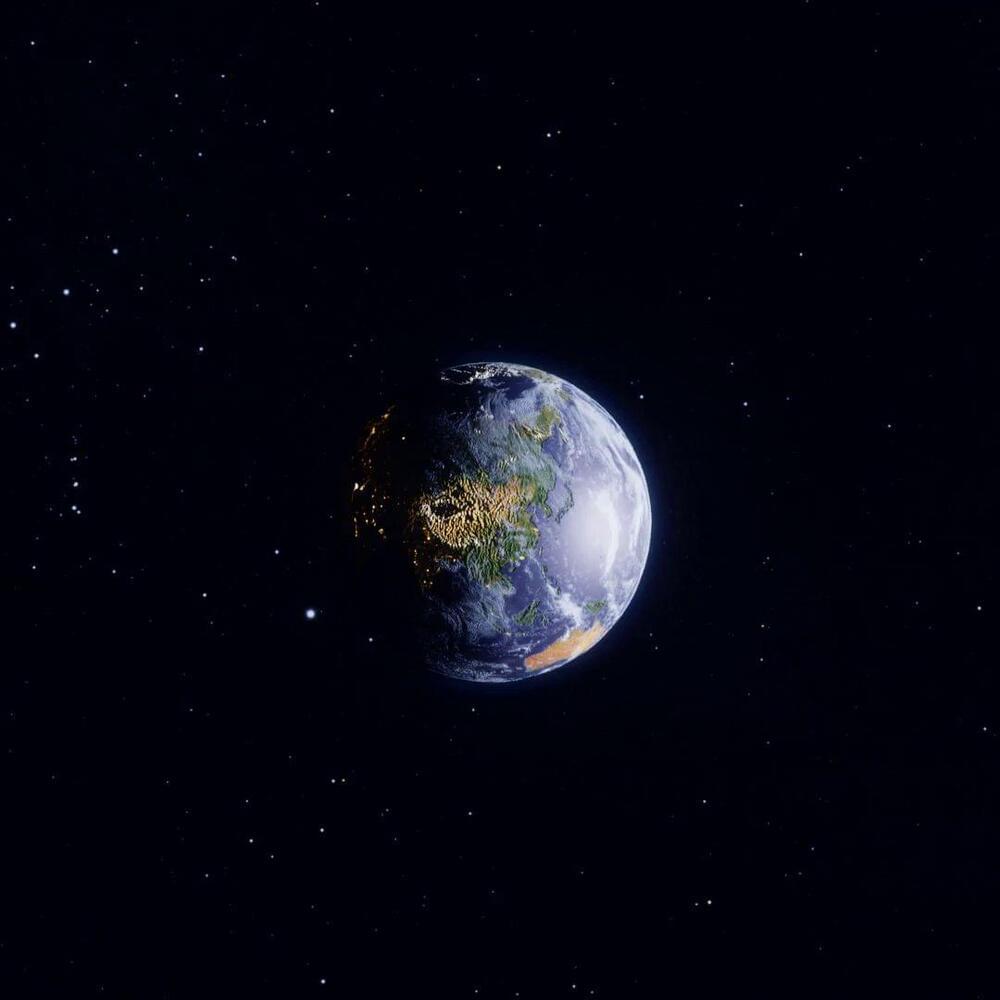The biggest geomagnetic storm in recorded history happened more than 150 years ago. Now, we’re entering yet another period of solar maximum.
It was just another September night in 1,859 when Richard Carrington and Richard Hodgson witnessed a remarkable event. The British astronomers weren’t together, but both happened to be peering at the Sun through telescopes at the precise moment that a massive ejection spewed from the fiery star. Within a few days, others on Earth noticed colorful aurora streaking across the skies and telegraph lines — the advanced technology of the day in Europe and North America — erupting in sparks.
The solar flare came to be known as the Carrington Event, named after one of the two astronomers who first described it. Despite occurring more than 150 years ago, it still stands as the strongest known geomagnetic storm (though we lack measurements to say precisely how big it was).
Earth has felt the effects of a few significant geomagnetic storms since then, all of which caused power blackouts and satellite damage. As a result, power companies and satellite manufacturers have built resistance into our technology. But what would happen if another Carrington Event-level solar flare occurred today? Would we be ready for it?

